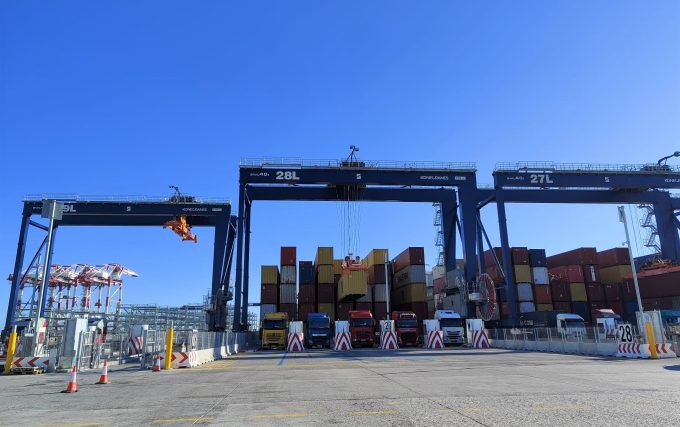The big question: what is the future for the global port labour force?
There was brief period of hope for US importers in early October, after a three-day ...

One of the more intriguing questions that the ILA-USMX standoff over automation is whether that technology produces the sort of economic savings that its supporters – and its greatest opponents – claim.
“The fact is simply that if you are a supporter of a port automation ...
Comment on this article
david taylor
December 22, 2024 at 3:55 pmA good summary of the real situation with regard to the increasing use of technology in terminals, as opposed to how things are reported in the mainstream media.
One aspect that isn’t directly addressed is the (potential) volatility of manual labour and the operational problems that generates. The potential consequences with the current situation on the US East Coast illustrate the significant risks that impact all players in the supply chain, not just terminals or carriers.
Also, you don’t send an engineer to diagnose a fault on a quay crane, you send a skilled technician – who will both be able to diagnose the fault and effect a repair.